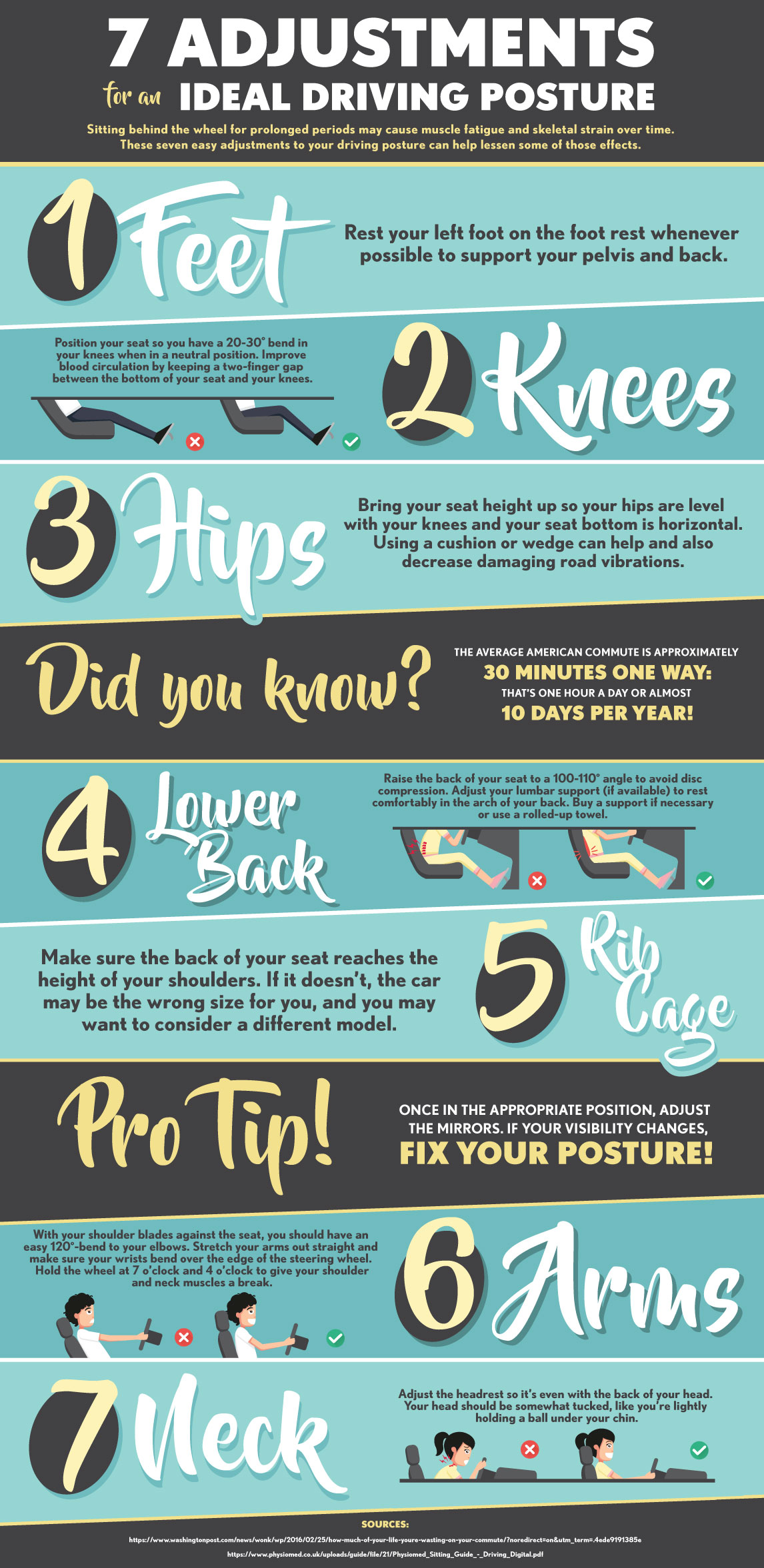The Effect Of Stance On Pain In The Back: Standards For Maintaining Great Placement Throughout Your Day-To-Day Routine
The Effect Of Stance On Pain In The Back: Standards For Maintaining Great Placement Throughout Your Day-To-Day Routine
Blog Article
Material Create By-Conway Fox
Keeping correct posture isn't practically sitting up right; it has to do with straightening your body in a way that supports your spinal column and lowers the threat of pain in the back. The means you sit, stand, and relocate throughout the day can substantially influence your spinal health. Yet exactly how precisely can you guarantee excellent placement continually, even during hectic days loaded with numerous tasks? Allow's dig deeper right into the refined yet impactful changes you can make to your day-to-day regimen to maintain your back satisfied and healthy and balanced.
Relevance of Appropriate Posture
Proper stance is critical in keeping a healthy back and protecting against pain. When you sit or stand with excellent pose, your spinal column remains in alignment, decreasing pressure on your muscles, ligaments, and joints. This positioning enables the body to distribute weight uniformly, avoiding excessive tension on certain areas that can cause pain and pain. By keeping https://dantetjzqg.blogoxo.com/30797734/uncover-the-benefits-of-chiropractic-care-in-reducing-pain-and-advertising-wellness lined up, you can additionally improve your breathing and digestion, as slouching can compress organs and restrict their performance.
In addition, maintaining good posture can improve your overall look and self-confidence. When you stand tall with your shoulders back and head held high, you exude confidence and appear even more approachable. Good stance can additionally make you feel extra energized and sharp, as it promotes correct blood circulation and allows your muscular tissues to function successfully.
Including https://www.globenewswire.com/en/news-release/2021/09/01/2290155/0/en/Palmercare-Chiropractic-Lakewood-The-Premier-Chiropractic-Facility-in-Colorado-That-Utilizes-A-100-Year-History-of-Pioneering-Treatments.html into your day-to-day routine, whether resting at a desk, walking, or exercising, is important for protecting against neck and back pain and advertising general wellness. Remember, a small adjustment in just how you hold on your own can make a substantial difference in just how you really feel and work throughout the day.
Common Postural Mistakes
When it concerns keeping excellent posture, many individuals unconsciously make typical blunders that can contribute to back pain and pain. Among one of the most widespread mistakes is slumping over or stooping over while resting or standing. This placement puts too much pressure on the spinal column and can cause muscle discrepancies and discomfort over time.
One more usual blunder is overarching the reduced back, which can squash the natural contour of the spinal column and create pain. In addition, crossing legs while resting may really feel comfortable, yet it can develop an imbalance in the hips and pelvis, bring about postural concerns.
Making use of a cushion that's also soft or as well strong while sleeping can also impact your alignment and add to pain in the back. Last but not least, regularly craning your neck to take a look at screens or adjusting your setting frequently can stress the neck and shoulders. Being mindful of these common postural errors can assist you maintain far better alignment and minimize the threat of pain in the back.
Tips for Correcting Positioning
To enhance your placement and minimize pain in the back, it's essential to focus on making small modifications throughout your everyday routine. Start by being mindful of your stance. When sitting, guarantee your feet are level on the floor, your back is straight, and your shoulders are loosened up. Avoid slouching or leaning to one side. Use ergonomic chairs or paddings to sustain your reduced back.
When standing, distribute your weight equally on both feet, maintain your knees a little curved, and embed your hips. Engage your core muscular tissues to support your back. Take breaks to stretch and walk if you have an inactive work. Incorporate workouts that reinforce your core and back muscles, such as planks or bridges.
While sleeping, make use of a pillow that supports the natural curve of your neck to maintain appropriate back alignment. Avoid sleeping on your stomach, as it can strain your neck and back. By bearing in mind these suggestions and making small changes, you can slowly correct your alignment and alleviate pain in the back.
Verdict
Bear in mind, maintaining excellent stance is crucial to stop neck and back pain and promoting spine health and wellness. By being mindful of your alignment, distributing weight uniformly, and involving your core muscles, you can decrease strain on your back and lessen the danger of discomfort and injury. Incorporate ergonomic assistance, take routine breaks to stretch, and strengthen your core and back muscular tissues to maintain correct placement throughout the day. Your back will certainly thank you for it!
